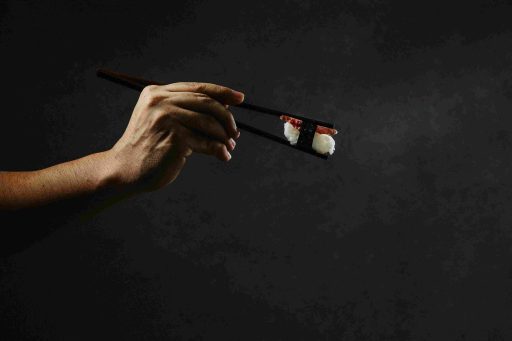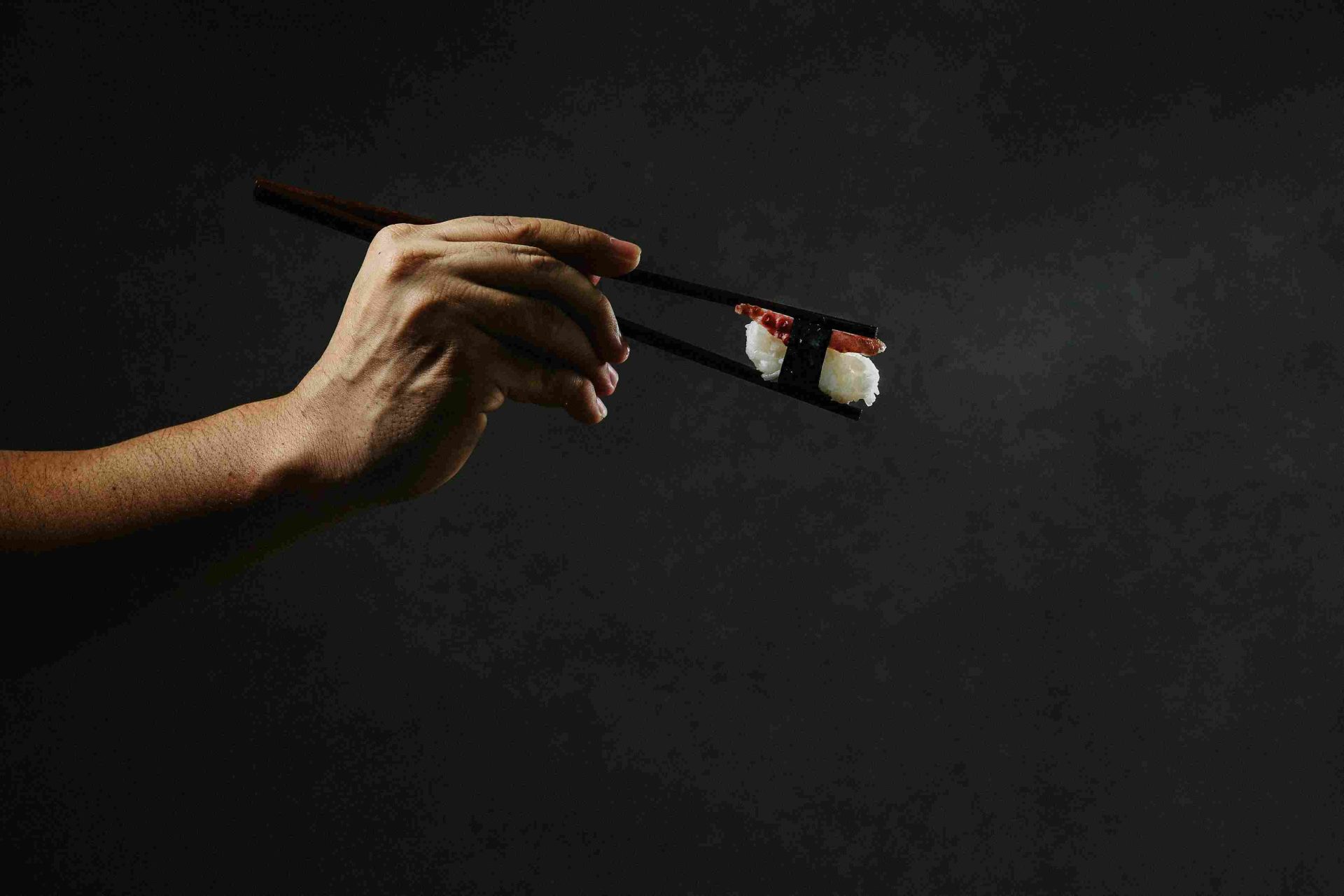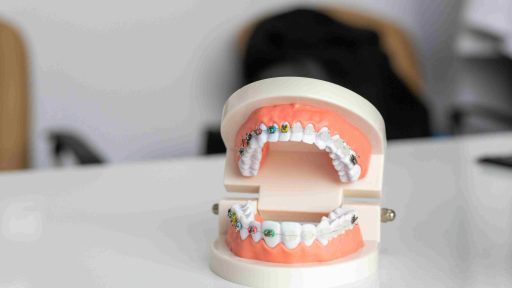What Not to Eat After a Filling? Dental filling is done more often; it is a procedure for cavity reparation to restore proper functionality of the teeth. Although generally simple, a lot of success with your filling comes from your part of taking care during the healing period.
This is including knowledge of the types of foods that one should not go on rushing to consume immediately after getting a piercing, for example. In this case, some will not be eaten, and some will be discussed as to why this is so, and advice is given that helps in the healing process.
From this blog post you will learn about What Not to Eat After a Filling and also some sub-topic of What Not to Eat After a Filling.
Contents
What Not to Eat After a Filling?
What Not to Eat After a Filling? Here’s a breakdown of food categories to avoid after a dental filling:
Chewing on hard foods like nuts, hard candies, ice cubes, hard chips, or uncooked vegetables will only exert undue pressure on your freshly placed filling and could cause the stress to crack or chip the filling out completely.
Sticky foods—some sticky foods, such as gummies, bagels, tough meats, or crusty bread, can get attached to your filling. This can pull on the restoration, possibly loosening it over time.
- Sticky Foods: These include stickier candies, such as taffy and caramel, and dried fruits, as these are all very common causes of damage to fillings. This gets wedged into the crevices of the teeth and sticks tenaciously to fillings, offering them a prime opportunity to compromise the seal of the restoration.
- Sugar Foods & Beverages: Sodas, candies, desserts, and sugary snacks simply fuel the bacteria living inside your mouth to multiply further. This type of bacteria can multiply around your filling and increase the risk of decay and sensitivity in the tooth.
This is the food that you should avoid and it’s part of What Not to Eat After a Filling. That’s, means What Not to Eat After a Filling is mentioned above.
How Long Can I Not Eat After a Filling?
The wait time after a filling depends primarily on the type of filling material used:
Amalgam Fillings (Metal): Fillings made from amalgam take long before they are set to their capacity. It usually takes about 24 hours. During this period, you should keep off from the kinds of foods described above, which are hard, chewy, and sticky.
Composite Fillings (Tooth-Colored): Composite fillings harden much faster with the use of special curing light in the office of a dentist. After that time, it’s probably okay to eat, but you might still be wise to go easy on harder and chewier foods for a day or two after that.
Should I Eat After a Filling?
Yes, you can and should eat after a filling, especially when the initial numbness has subsided. But do the following:
Be careful; stick to soft foods requiring minimum or no chewing for the initial couple of days. This is because you don’t want to worsen any discomfort that may arise thereon, and the safety of your filling.
Such good foods include yogurt, soups, mashed potatoes, scrambled eggs, pasta, and rice cooked very well.
Avoid the Extremes: Sensitivity around your new filling can be easily irritated by very cold and hot temperatures. Try to favor lukewarmers foods and drinks.
How Long Not to Eat After a Tooth Filling
Generally, you won’t need to avoid eating for a prolonged period after a filling. Here’s a basic timeline:
Right After the Procedure: It’s okay to wait until the numbness from the anesthesia wears off.
Amalgam Fillings: Wait for at least one hour, ideally 24 hours, before eating.
Composite Fillings: You can often eat after an hour, but practice caution for a day or two.
Additional Tips for Optimal Healing After a Filling Maintain Oral Hygiene
You need to brush at least twice daily and floss very gently around the filled tooth, only if and when it feels safe to do so.
- Watch for sensitivity: It’s normal to experience some for a few days. If it persists or worsens, contact your dentist.
- Subsequent Visits: This should be carried out for subsequent visits to the dentist to check the filling, who will take care of the filling and report any possible defect at the earliest.
Frequently Asked Questions
Can I drink water after a filling?
Yes, you can and should drink water after a filling. Room temperature is best.
That’s the guide about What Not to Eat After a Filling. Hopefully, you learn about What Not to Eat After a Filling.





